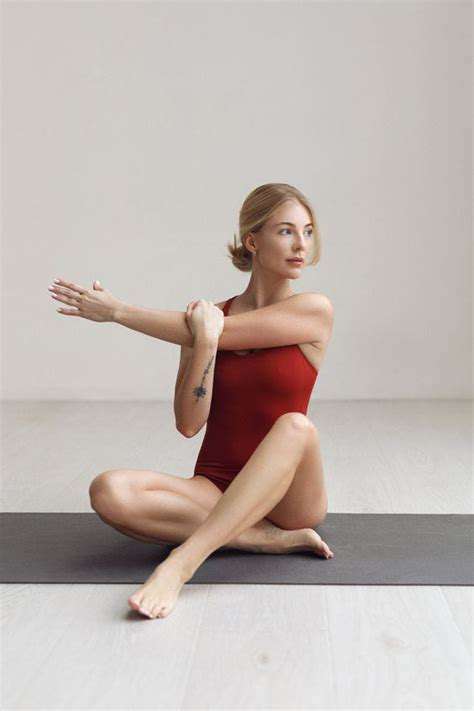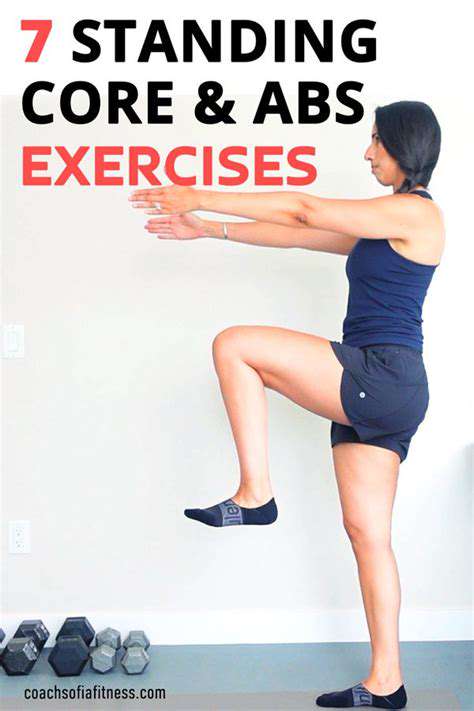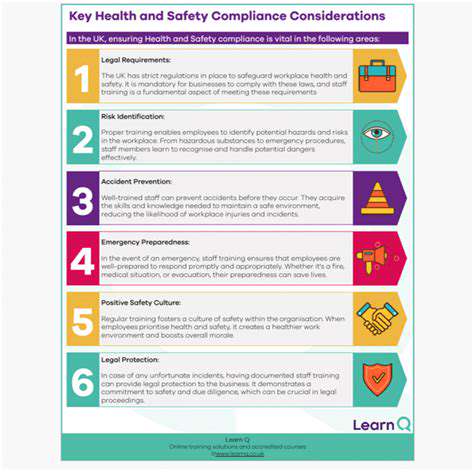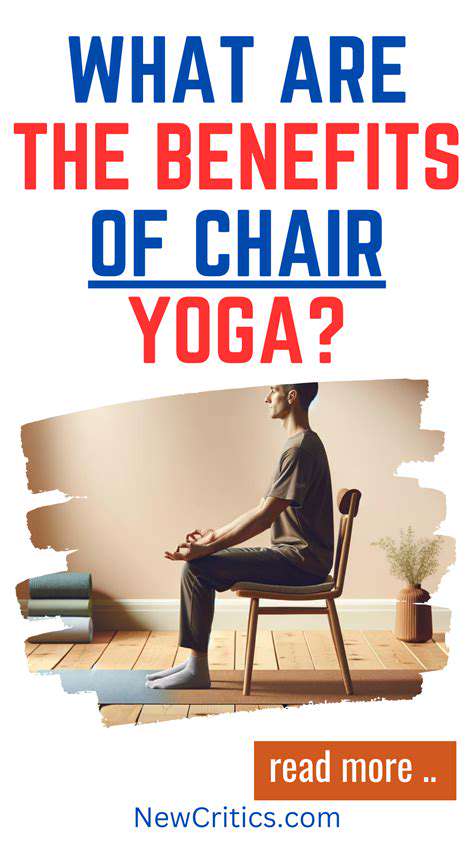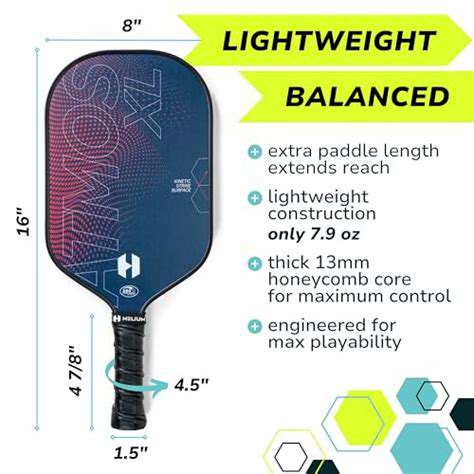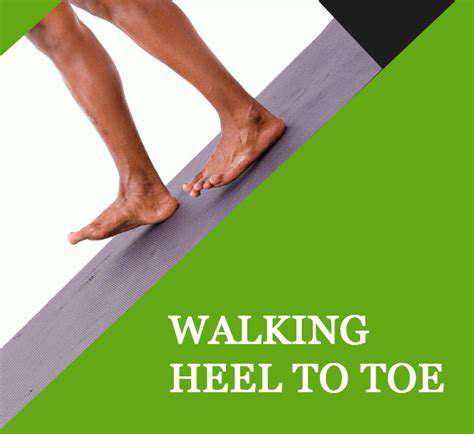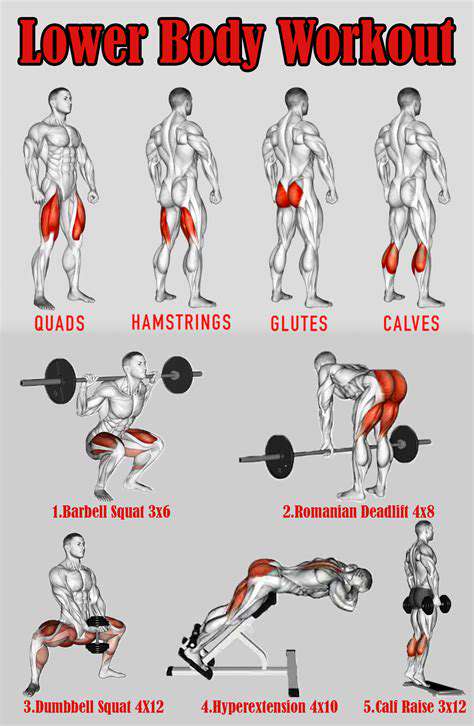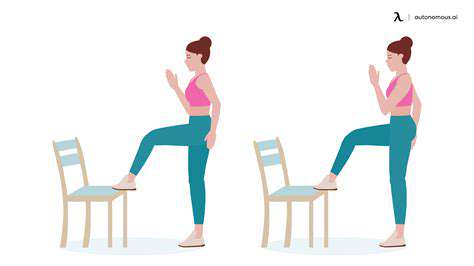Chair Exercises Using Household Items for Functional Strength
Traditional weightlifting often isolates muscles, creating artificial strength. In contrast, functional training with chairs engages multiple muscle groups simultaneously. This holistic method not only saves time but also reduces injury risks by mimicking natural body mechanics. Whether you're a busy parent or an office worker, these adaptable exercises fit seamlessly into any schedule.
Chair Exercises for Lower Body Strength
Chair squats revolutionize lower body workouts. Stand with feet hip-width apart before a sturdy chair. Lower slowly—as if sitting—then pause just above the seat before rising. This controlled motion activates quadriceps, hamstrings, and glutes more effectively than machine-based alternatives. For added challenge, try single-leg variations or hold household items like water jugs for resistance.
Incorporating Chair Exercises into Your Routine
Turn idle moments into fitness opportunities. During TV commercials, perform seated leg lifts. Waiting for coffee to brew? Do chair dips using your kitchen counter. Consistency trumps intensity—three 10-minute sessions weekly yield better results than one marathon workout. Keep a resistance band draped over your chair for instant access to upper body exercises throughout the day.
Safety Precautions for Chair Exercises
Always test chair stability before exercising—place it against a wall if uncertain. Proper alignment prevents injuries: ears over shoulders, shoulders over hips when seated. Those with joint concerns should limit range of motion initially. Remember—discomfort is normal, sharp pain signals to stop immediately. Consult physical therapists for personalized modifications.
Progression and Adaptation of Exercises
Advance exercises creatively—replace standard squats with pistol squat variations using chair support. Household items become progressive weights: start with soup cans, advance to laundry detergent bottles. Track progress through functional milestones like easier stair climbing rather than just repetition counts. Rotate exercises weekly to prevent plateaus and maintain engagement.
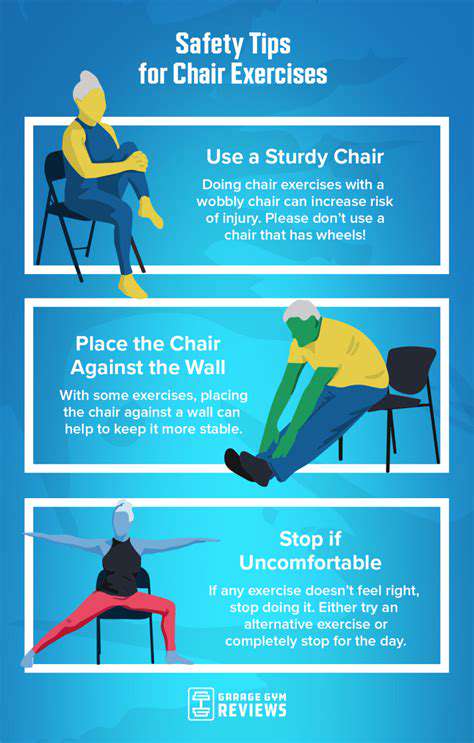
Improving Balance and Stability with Chair Exercises
Seated Forward Folds
These deceptively simple stretches combat stiffness from prolonged sitting. Extend one leg while keeping the other foot flat. Hinge forward from hips—not waist—maintaining a straight spine. Hold for 30 seconds while breathing deeply to enhance both flexibility and mental focus. This dual benefit makes it ideal for morning routines or work breaks.
Chair Squats
Transform sitting into strength training. Initiate movement by pushing hips back first, not bending knees. This proper form protects knees while maximizing glute activation. For those with mobility challenges, place cushions on the chair to reduce descent depth. Over time, remove cushions to increase difficulty gradually.
Heel Raises
Strengthen calves and ankles simultaneously—crucial for fall prevention. Perform these while brushing teeth or washing dishes. For advanced versions, try single-leg raises or add tempo variations (3 seconds up, 3 seconds down). These small adjustments dramatically increase effectiveness without requiring extra time.
Standing with Support
Build confidence through progressive challenges. Begin by simply standing from seated position without using hands. Graduate to heel-toe stands beside the chair, using it only for emergency balance support. This method safely improves proprioception—the body's awareness of its position in space.
Knee Stretches
Combat arthritis stiffness with dynamic movements. Instead of static holds, try gentle knee extensions with ankle circles. This combination improves joint lubrication and range of motion simultaneously. Those with replacements should consult surgeons for specific movement guidelines.
Side Leg Raises
Target often-neglected hip abductors. Keep movements small but controlled—quality over quantity. Imagine pushing against an invisible wall to engage correct muscles. Place hands on hips to detect and prevent torso swaying, ensuring proper isolation.
Safety Precautions and Considerations for Chair Exercises
Proper Form and Posture
Posture checks should occur every 5 minutes during workouts. Use smartphone reminders or mirror feedback to maintain alignment. Visualize a string pulling your head upward while rooting your sit bones firmly. This mental imagery helps sustain proper spinal positioning throughout movements.
Choosing the Right Chair
Ideal chairs have these features: non-skid feet, armrests for support, and seat height allowing 90-degree knee bends. Avoid swivel chairs or those with wheels—opt for solid wooden dining chairs instead. For taller individuals, place firm cushions on the seat to achieve proper height alignment.
Warm-up Exercises
Dynamic warm-ups prepare joints better than static stretching. Try seated marches with high knees or gentle torso rotations while holding the chair back. Continue until you feel slight warmth in muscles—about 40-50 repetitions. This prepares connective tissues for the workout ahead.
Exercise Progression and Modifications
Create a personal difficulty scale: Level 1 uses chair support, Level 2 touches chair lightly, Level 3 performs exercises nearby but without contact. Progress only when you can complete current level with perfect form for three consecutive sessions. This disciplined approach prevents overexertion injuries.
Staying Hydrated and Listening to Your Body
Keep water within arm's reach—hydration affects muscle performance more than most realize. Urine color should resemble pale lemonade, not apple juice. Notice subtle signals like increased effort for familiar movements—these often precede obvious fatigue or pain.
Safety Equipment and Considerations
Non-slip mats prove invaluable, especially on hardwood floors. Wear flexible, flat-soled shoes rather than socks or bare feet for optimal traction. Remove loose rugs or low furniture from workout areas—most injuries occur from environmental hazards, not the exercises themselves.

